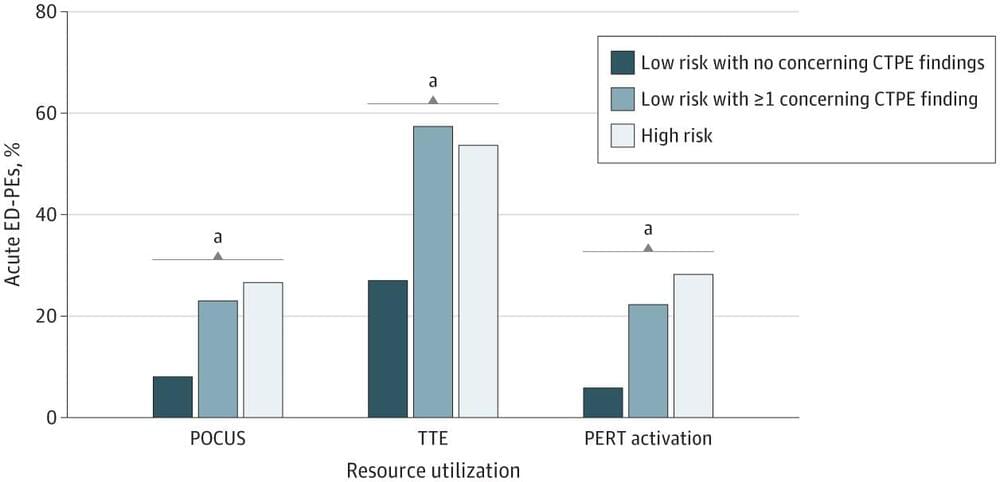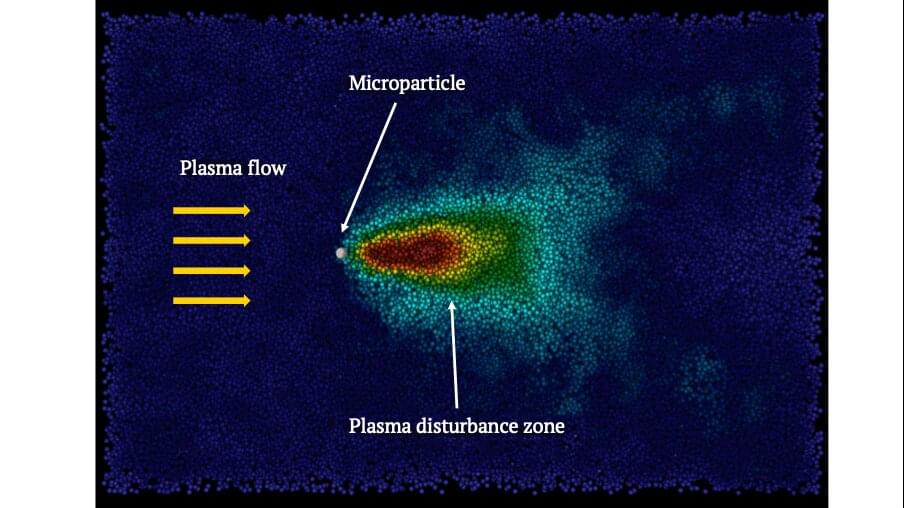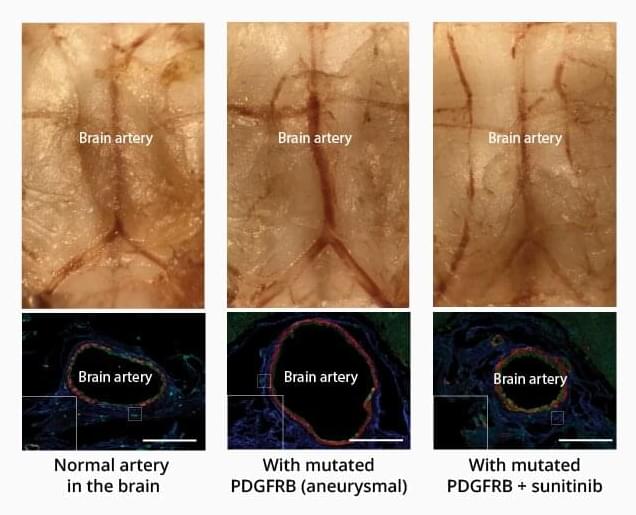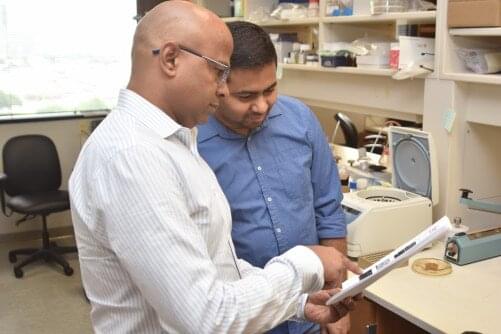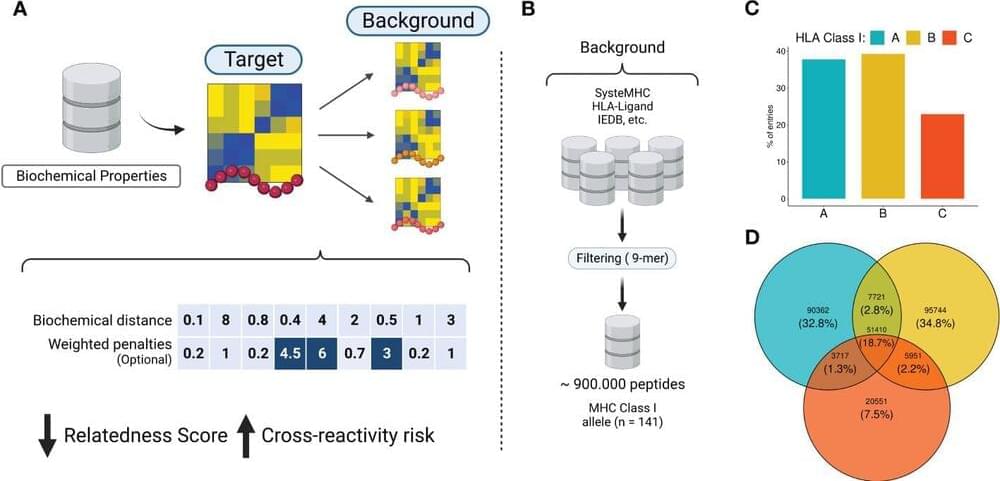Of approximately 250,000 Americans diagnosed with acute pulmonary embolism (PE) in emergency departments each year, most are hospitalized.
But new Michigan Medicine research, published in JAMA Network Open, finds that some patients with PE, a blood clot in one or more pulmonary arteries, may be hospitalized unnecessarily due to computed tomography (CT) imaging results rather than clinical risk factors.
Approximately 40% of the patients in the study had low-risk pulmonary embolism, as defined by the Pulmonary Embolism Severity Index, or PESI score. Roughly half of the low risk patients had CT imaging features that physicians consider “concerning,” and these patients fared just as well in the hospital as those whose CT scans showed no concerning findings.
